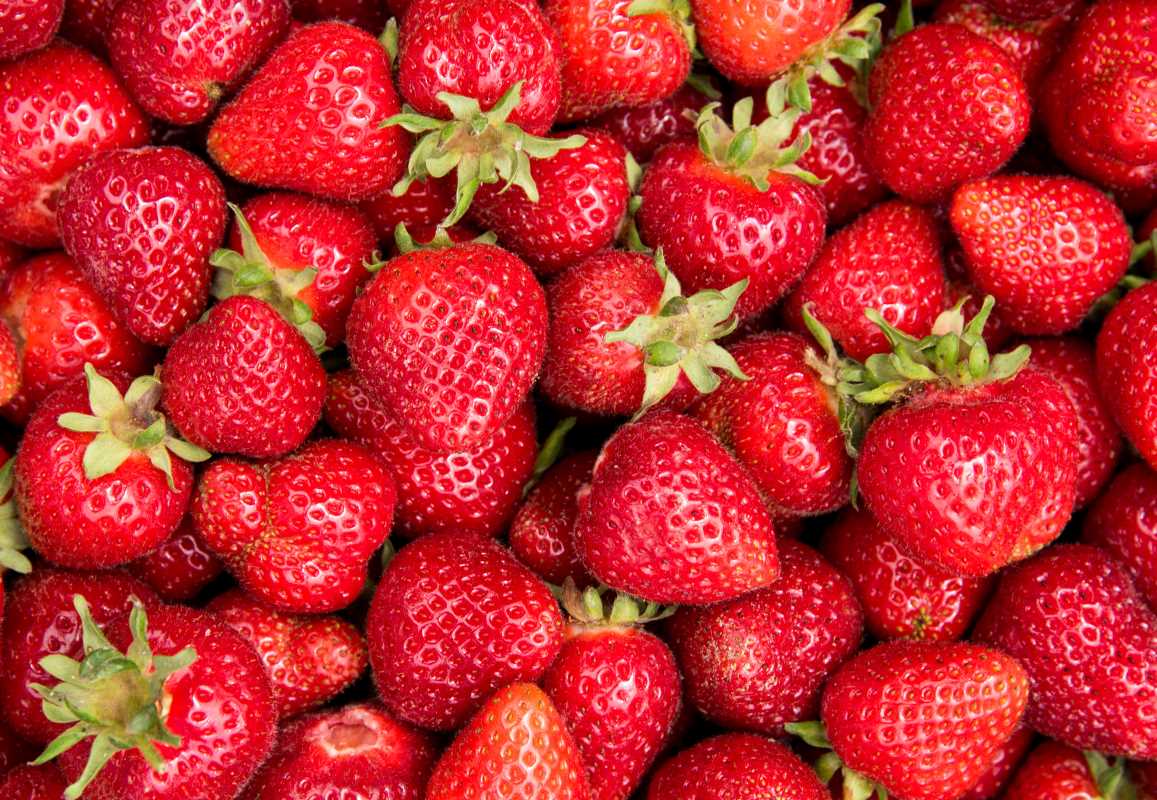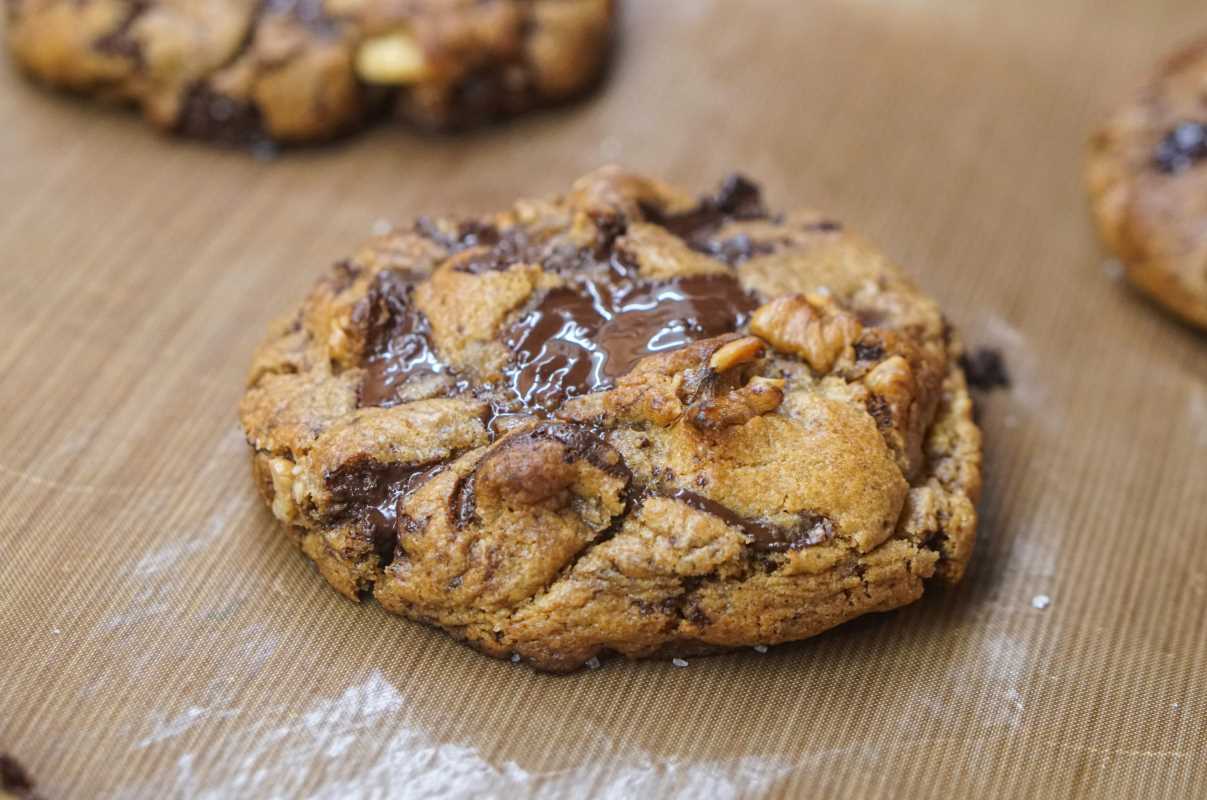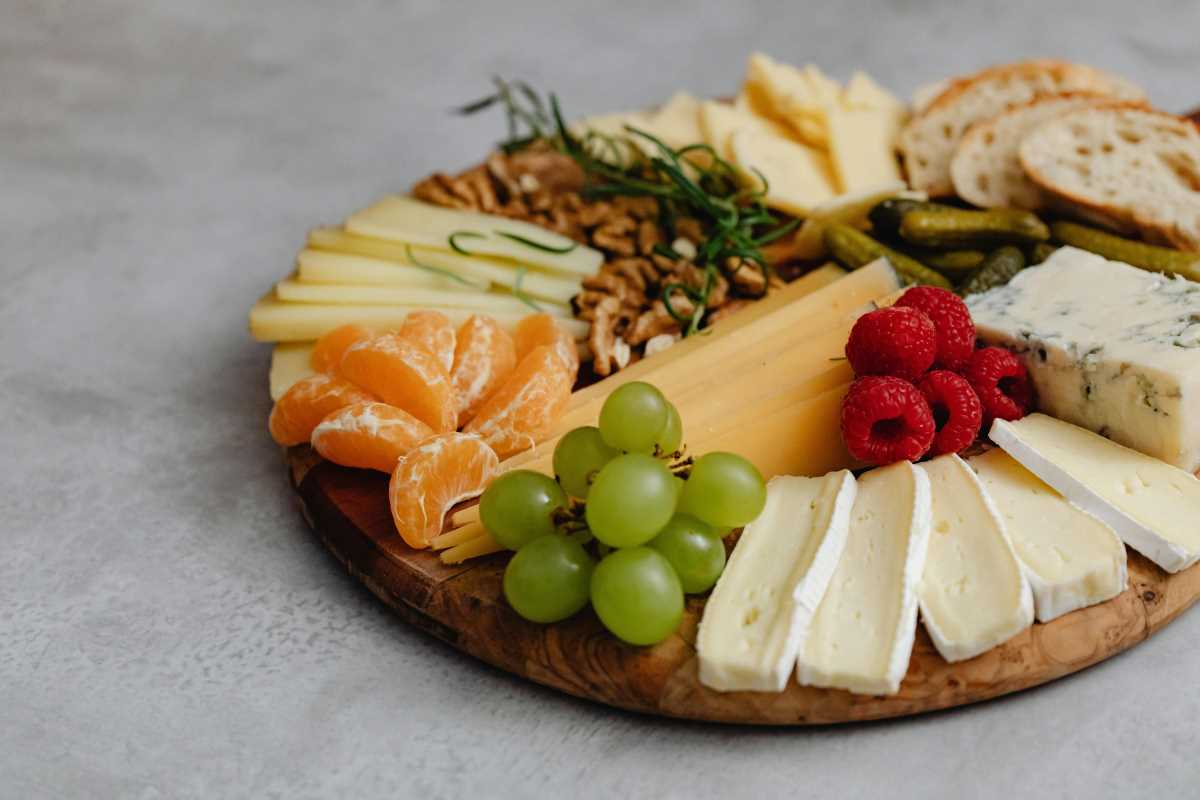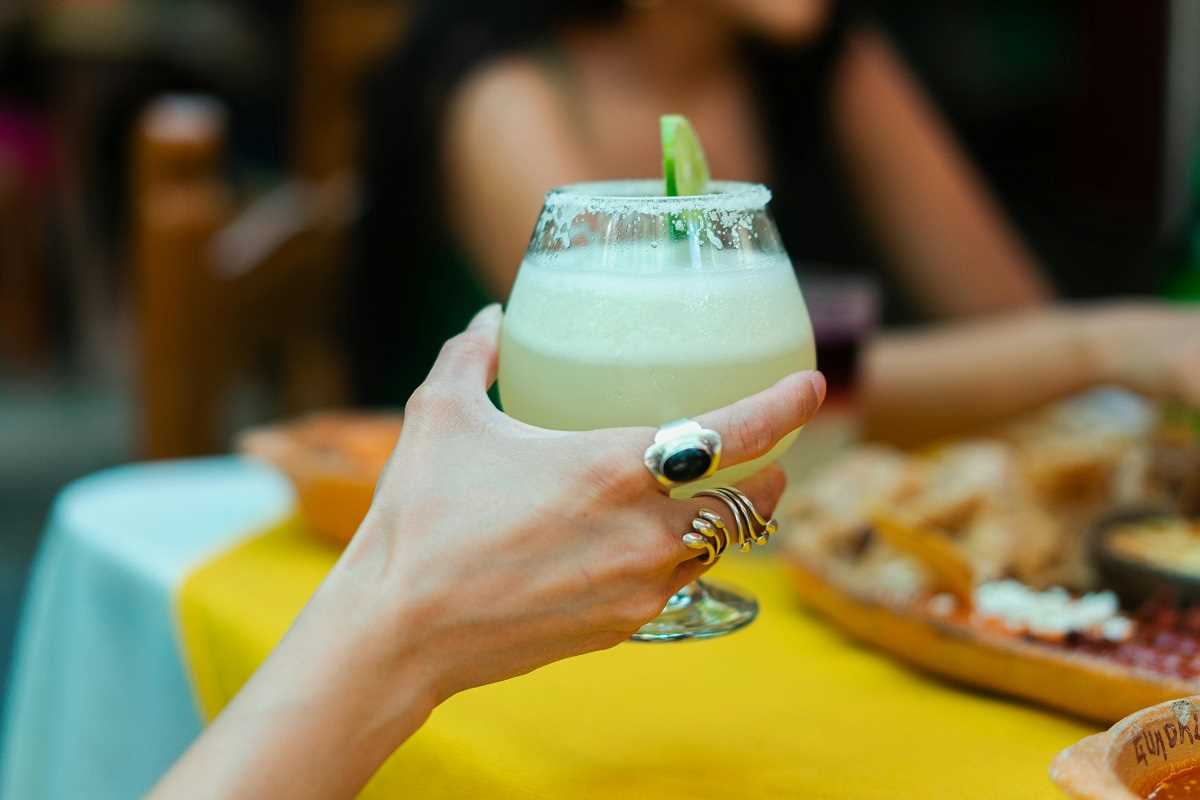A great dessert is like the grand finale of a meal, but when it’s paired perfectly with wine, it becomes an unforgettable experience. Desserts and wines share a special relationship, with one enhancing the flavors of the other in ways that feel almost magical. Whether you’re hosting a dinner party, celebrating a special occasion, or just indulging in a sweet treat at home, pairing wine with dessert can elevate the moment from “ordinary” to “exceptional.”
From rich and decadent chocolate cakes to delicate fruit tarts, there’s a wine to complement every dessert. To help you create show-stopping pairings, we’re breaking down some of the best matches and offering tips to make your dessert and wine pairing truly memorable.
Chocolate Cake and Cabernet Sauvignon
Chocolate and wine are a match made in heaven, and chocolate cake paired with Cabernet Sauvignon is proof of that. The bold, tannic structure of Cabernet Sauvignon balances the richness of chocolate, while the wine’s dark fruit flavors (like blackberry and blackcurrant) highlight the bittersweet notes of cocoa.
Why It Works
Cabernet Sauvignon’s dryness cuts through the sweetness of the cake, preventing the pairing from becoming cloying. The wine’s complexity adds layers to the tasting experience, making every bite and sip feel indulgent.
Tips for Serving
- Look for a chocolate cake recipe with a dark chocolate base, as the bitterness pairs beautifully with the wine.
- Serve the wine slightly below room temperature, around 60–65°F, to enhance its fruity richness.
- For a next-level pairing, add hints of espresso or a raspberry sauce to your cake to mirror the wine’s secondary flavors.
Cheesecake and Riesling
Cheesecake’s creamy and tangy nature begs for a wine that’s equally vibrant and refreshing. Enter Riesling, a versatile white wine that excels at pairing with desserts. Its bright acidity and fruity sweetness complement the richness of cheesecake without overpowering it.
Why It Works
Riesling, especially one with a touch of residual sugar (like an off-dry or semi-sweet style), harmonizes with the tart cream cheese flavors. The wine’s notes of apricot, honey, and citrus bring a lively contrast to the smooth, dense texture of cheesecake.
Tips for Serving
- Try flavor-infused cheesecakes like lemon, key lime, or even passionfruit to accentuate Riesling’s natural zestiness.
- Chill your Riesling to around 50°F for maximum refreshment.
- Garnish your cheesecake with fresh berries or a fruit compote for an extra burst of flavor that echoes the wine’s fruity character.
Fruit Tart and Moscato
Moscato is a favorite for dessert pairings, and fruit tarts are among its best companions. The wine’s light body, floral aromas, and natural sweetness highlight the delicate flavors of ripe fruits without overwhelming them.
Why It Works
Moscato has a fresh, slightly effervescent quality that complements the juiciness of fruits like berries, peaches, and citrus slices. Its gentle sweetness matches the tart’s brittle pastry crust while enhancing the vibrant fruit topping.
Tips for Serving
- Pair Moscato d’Asti, a sparkling version with lower alcohol, for a fun and lively pairing that feels celebratory.
- Serve the tart slightly chilled alongside an equally chilled Moscato for a light and refreshing end to your meal.
- Consider a glaze of apricot jelly on the tart to echo Moscato’s subtle stone fruit notes.
Crème Brûlée and Sauternes
Rich, velvety crème brûlée deserves an equally luxurious wine, and Sauternes delivers in spades. This golden-hued dessert wine from Bordeaux is known for its luscious sweetness and intense flavors of honey, apricot, and toasted nuts.
Why It Works
The caramelized sugar crust of the crème brûlée is a perfect match for the sweet, nutty depth of Sauternes. Meanwhile, the wine’s natural acidity balances the creamy custard, creating a pairing that’s smooth, complex, and utterly satisfying.
Tips for Serving
- Serve Sauternes slightly chilled, between 50–55°F, to accentuate its vibrant acidity.
- To elevate the experience, sprinkle a pinch of flaky sea salt on top of the crème brûlée to play off the wine’s sweetness.
Carrot Cake and Gewürztraminer
Carrot cake is a dessert rich in spices like cinnamon, nutmeg, and ginger, and it finds its soulmate in Gewürztraminer. This aromatic white wine brims with flavors of lychee, rose petals, and exotic spices, making it an ideal match for the cake’s earthy, spiced profile.
Why It Works
Gewürztraminer’s natural sweetness and full-bodied texture complement the density of the cake and the tanginess of the cream cheese frosting. The wine’s floral notes provide a lovely contrast to the cake’s warm spices.
Tips for Serving
- Look for a slightly sweet Gewürztraminer to balance the sweetness of the cake without becoming overwhelming.
- Garnish the cake with toasted walnuts or pecans to mirror the wine’s nutty undertones.
- Chill the wine to around 45°F for a crisp and aromatic pairing.
Tiramisu and Vin Santo
Tiramisu, with its layers of coffee-soaked ladyfingers, mascarpone, and cocoa, calls for a wine that amplifies its luxurious flavors. Vin Santo, a sweet Italian dessert wine, is just the ticket. Its notes of dried fruit, caramel, and toasted almonds create a harmonious pairing with tiramisu’s rich and bitter-sweet components.
Why It Works
The nutty, dried fruit character of Vin Santo mirrors the cocoa and coffee flavors in tiramisu, while its syrupy sweetness balances the dessert’s inherent bitterness.
Tips for Serving
- Serve Vin Santo slightly warmed or at room temperature to bring out its complex aromas.
- Use freshly brewed espresso in your tiramisu for the best flavor alignment.
- For an Italian twist, dip your tiramisu in a small glass of Vin Santo for a decadent taste experience.
Dark Chocolate Truffles and Port
Dark chocolate truffles paired with a ruby Port are a match for the ages. These bite-sized delights pack a punch of intense chocolate flavor, while Port’s fruity richness provides a luxurious contrast.
Why It Works
Port’s dark fruit and sweet spice notes create a balance that complements the bold, slightly bitter edge of dark chocolate. Together, they form a pairing that feels indulgent, satisfying, and perfectly in sync.
Tips for Serving
- Choose a ruby or vintage Port for a fruit-forward pairing. Tawny Port, with its nutty character, also works beautifully.
- Dust your truffles with cocoa powder or sea salt to bring out the wine’s subtler flavors.
 (Image via
(Image via





